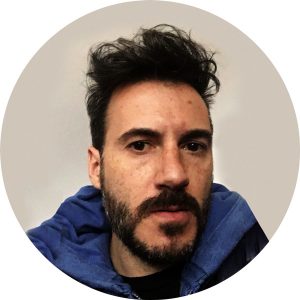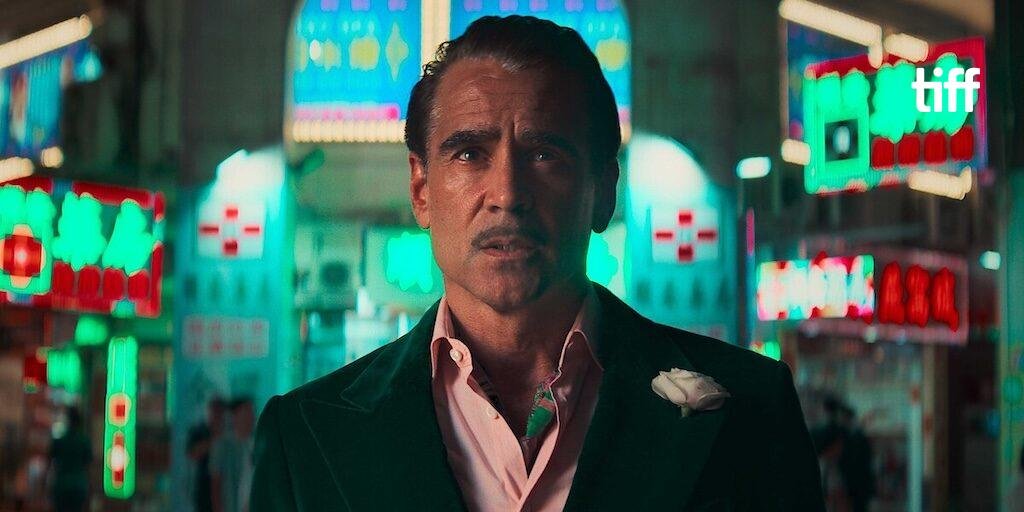One of the main characteristics of El Pampero Cine as a production company is that of counting with a group that is present in every single one of their projects. This is fulfilled partially or totally, which explains why it is sometimes difficult to tell apart an individual auteur trademark from what is denominated and executed as a “collective”.
Another characteristic of this group is that of counting with a production, distribution and financing system far removed from ––and therefore willing to face the rejection of–– the classical production system of a film (in other words, the INCAA, Argentina’s main film financing entity), therefore proving that counting with a lower budget does not imply a directly proportional relationship to the quality of the product.
This system left such results in sight after the irruption of Mariano Llinás with Balnearios and his subsequent film, the ––pardon the redundancy–– “extraordinary” Extraordinary Stories, which elevated the filmmaker to such a place of prestige that gave a great impulse to the developing of his next projects, be it individual or collective, as we pointed out previously. That is how the other main members of El Pampero Cine, Laura Citarella, Alejo Moguillansky and Agustin Mendilaharzu adventured in the making of personal projects such as Ostende, Castro and Clementina, works that have not gone unnoticed. At the same time, each of them took a prominent role in the collective production: Moguillansky served as the Editor, Citarella as the Producer, Mendilaharzu as the Cinematographer and Llinás himself as the screenwriter.
The seal of Llinás, the most important driving force of this collective, is also easily distinguishable in projects outside El Pampero Cine. I mean specifically the partnership he has with director Santiago Mitre, in whose projects Llinás served as a screenwriter (The Student, Paulina, The Summit, 15 Ways to Kill Your Neighbor and Argentina, 1985).
Trenque Lauquen is one of those films in which one could link the notion that a movie has an independent “cinematic time or speed” and therefore different to its real running time, something that could be halfway applied to La Flor (833 minutes). Trenque Lauquen is structured in twelve chapters, that are in two parts of six chapters each, totaling in 260 minutes that pass by as if they were a lot less, and here is one of the reasons for it to be so: Trenque Lauquen is a film that abducts you, that creates a relationship with the audience based on wanting the mystery to be revealed. Trenque Lauquen is perhaps one of the first films of the collective where one can easily see the talent of another director being present: we are talking about Laura Citarella, who made her directorial debut with Ostende and later directed Dog Lady (alongside Verónica Llinás) as well as The Poets Visit Juana Bignozzi.
Trenque Lauquen is a film by the “Lauras”. Laura Citarella directs, Laura Paredes acts, and both Lauras wrote the script. The film navigates through different genres through the different points of view of their characters; there is room for suspense, romantic comedy, drama and the fantastic. It also achieves what could be described as the channeling for an auteur, and that is, to clearly count with a structure in which there is no place for improvisation. Unlike La Flor, Trenque Lauquen allows for a much more defined vision. As some sort of undulating artistic manifesto, Trenque Lauquen stories disconcert, move away from each other and end up coming together.
![]()
(Germany, Argentina, 2022)
Directed by: Laura Citarella. Script: Laura Citarella, Laura Paredes. Cast: Laura Paredes, Verónica Llinás, Elisa Carricajo, Ezequiel Pierri, Rafael Spregelburd. Lenght: 260 minutos.




